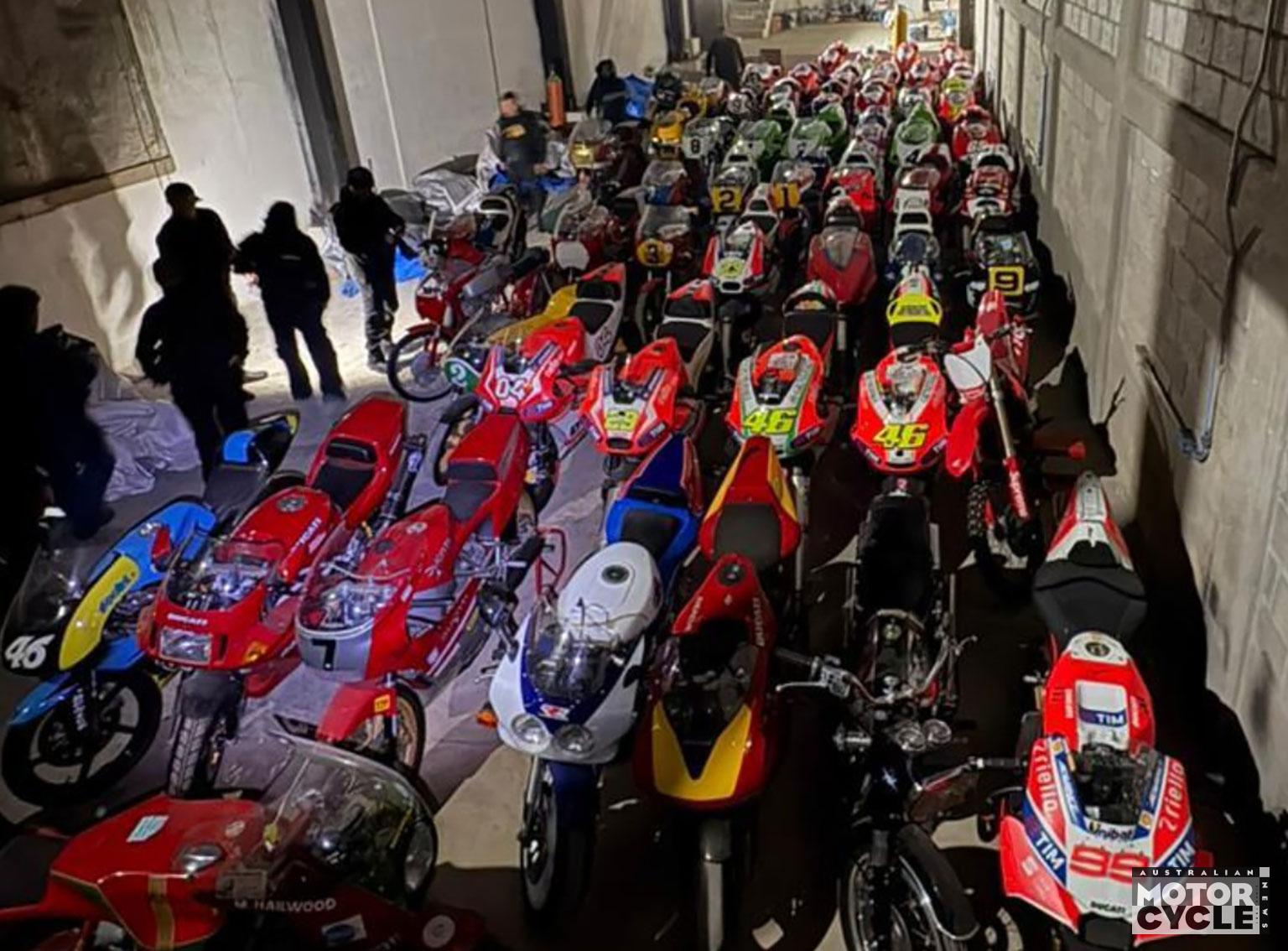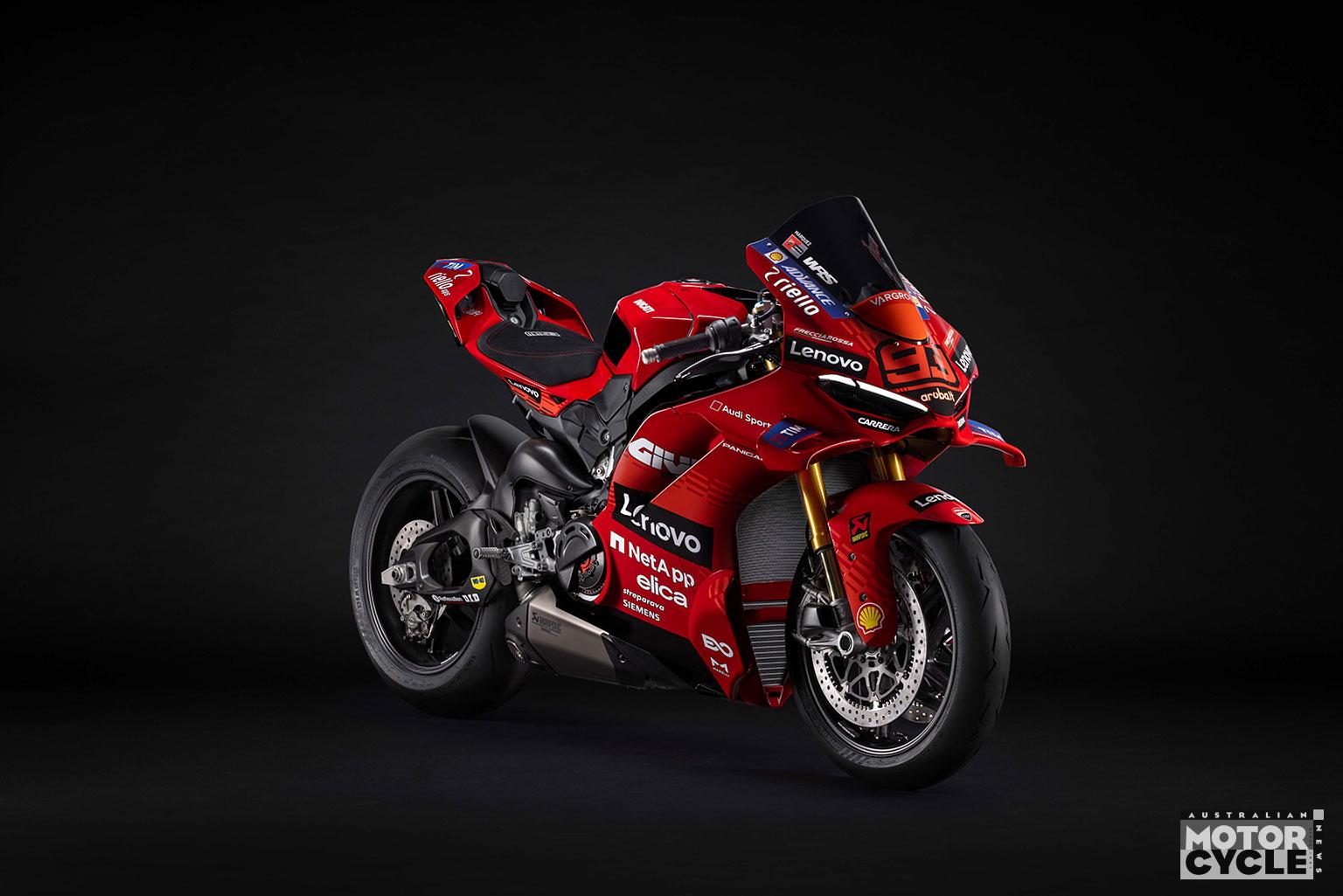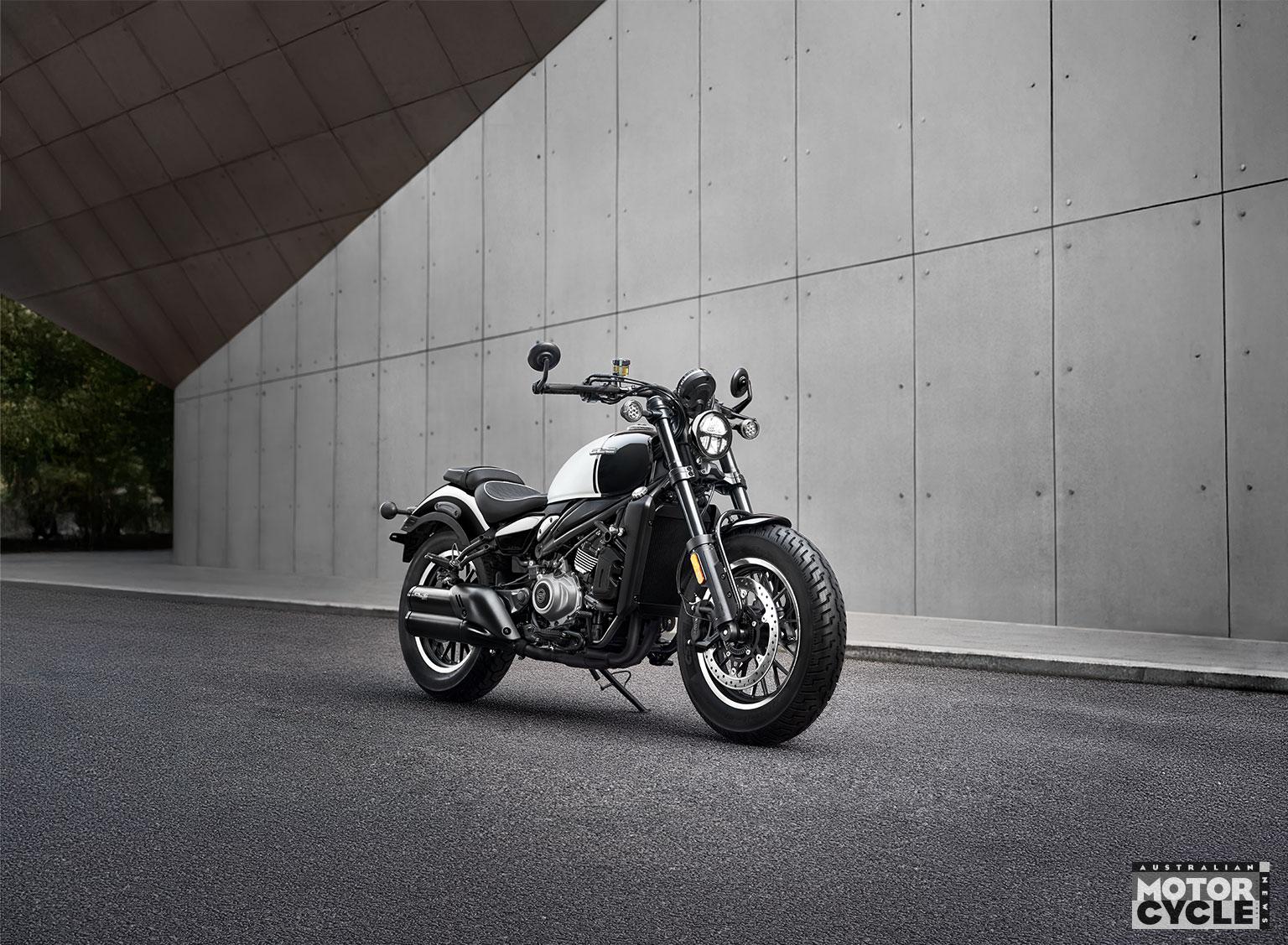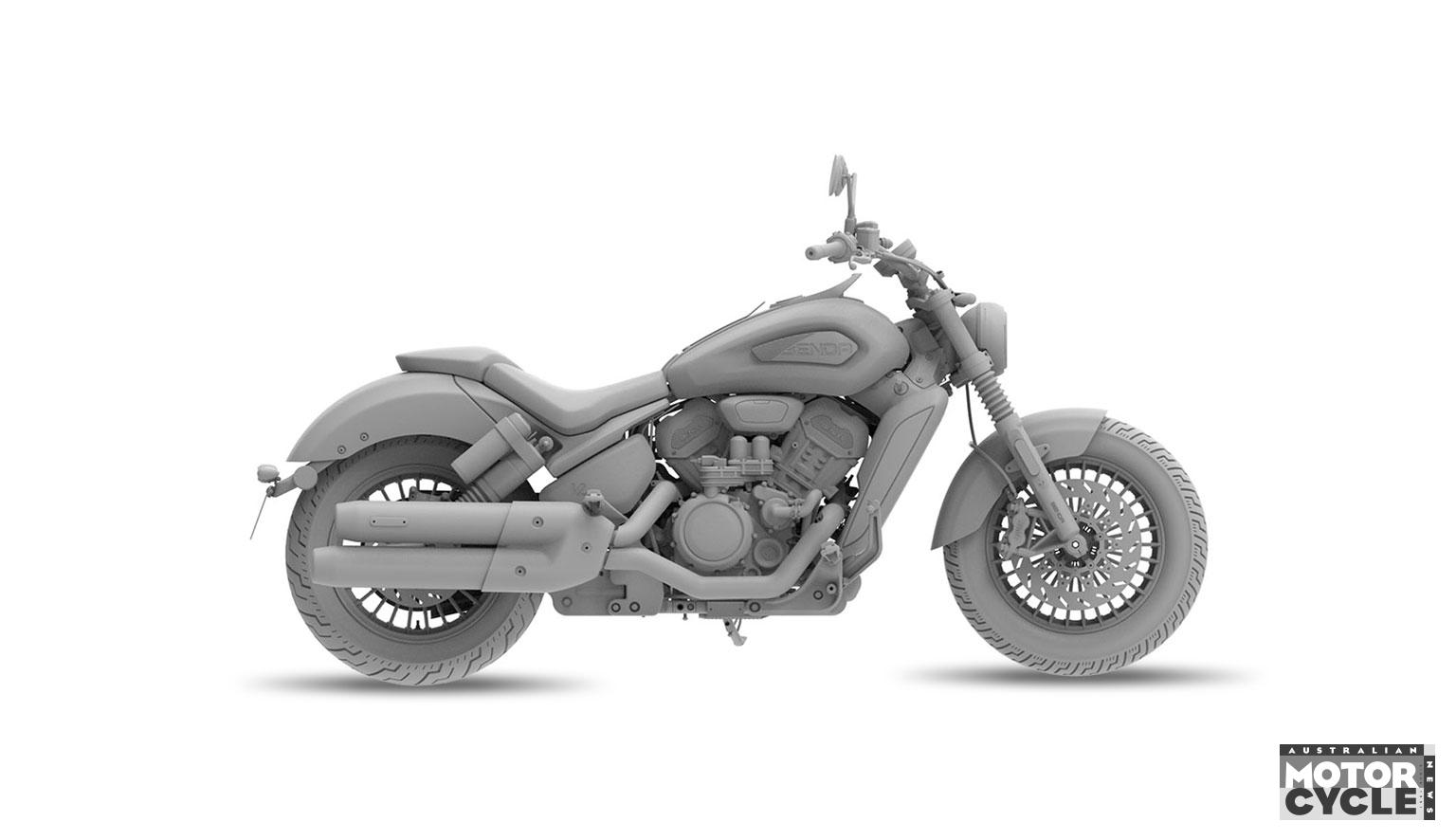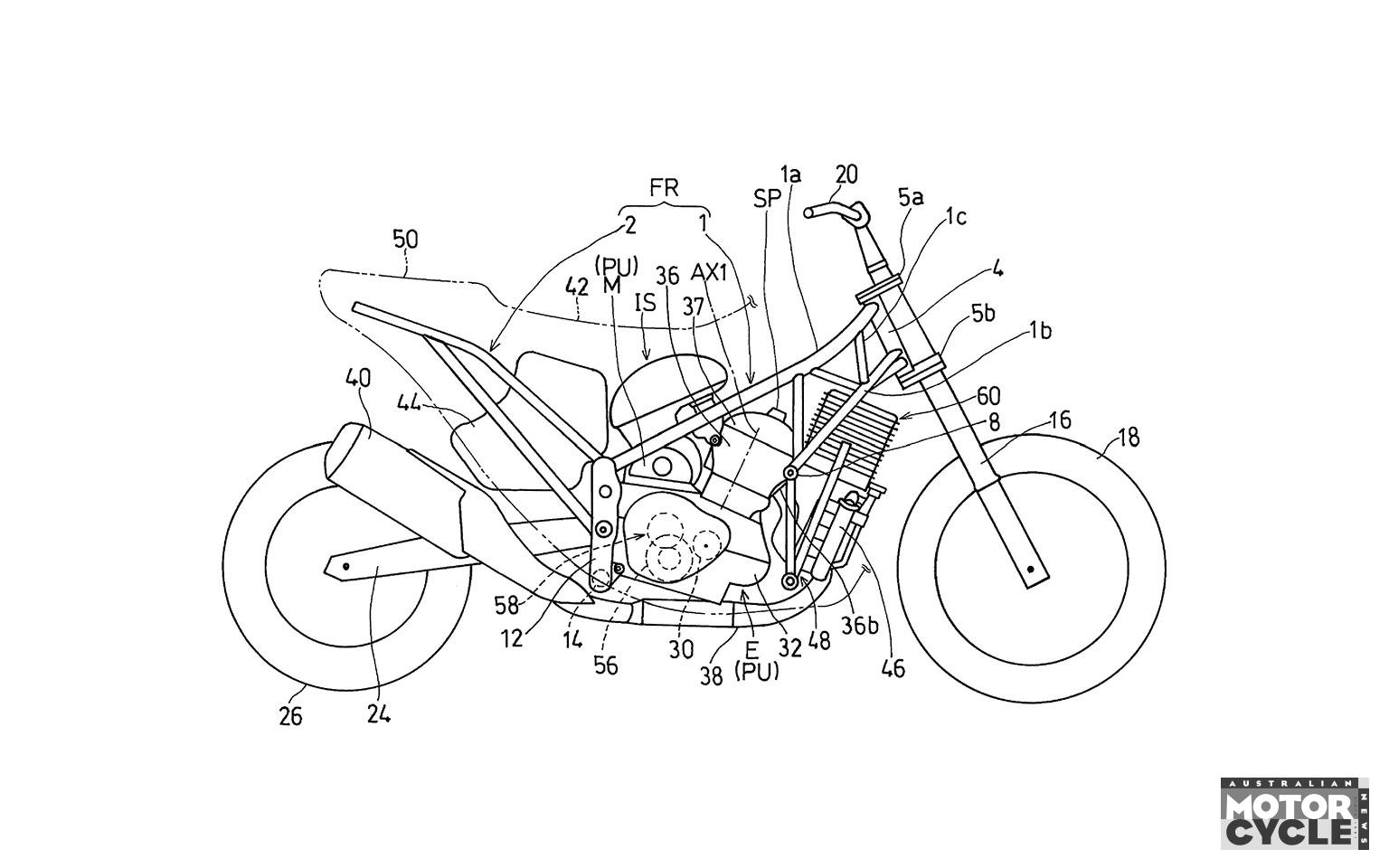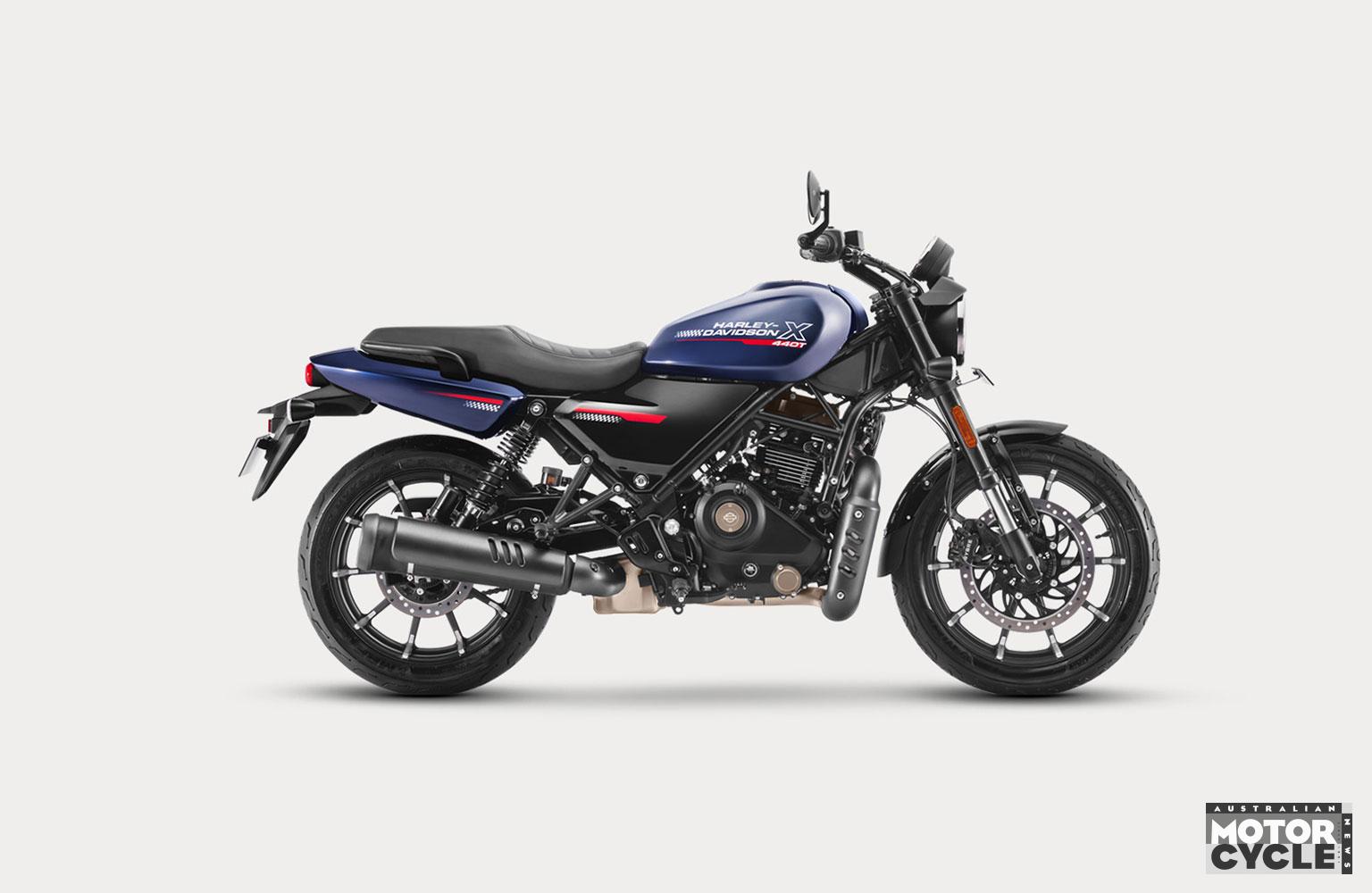The low-cost Yamaha MT-09 semi-auto system adds just 3kg to overall weight.
Yamaha has announced its MT-09 will be the first of a range of bikes fitted with its new semi-automatic gearbox and it will be in dealers before the end of the year.
The MT-09 Y-AMT is mechanically identical to the standard model, but with the addition of a semi-auto shift system. That means it has the same engine, cast-alloy frame and identical adjustable suspension but gains an additional set of computer-controlled actuators for the clutch and gear-shifter, plus new handlebar controls to operate them.

The semi-automatic transmission system is quite straightforward. There’s a normal gearbox and clutch, but the clutch and the shifter are connected to a pair of electromechanical actuators instead of hand and foot controls, and a standalone ECU takes inputs from existing sensors and controls them as well as sending signals to the ECU so the throttle can smoothly blend the shifts.
By using external actuators and a purpose-made control computer, it should be relatively simple for Yamaha to fit the Y-AMT system to almost any bike in its range provided there’s enough space for the components. The whole system adds just 3kg to the bike’s weight and isn’t expected to be hugely expensive, although the final price has yet to be announced. In comparison, Honda’s DCT semi-auto transmission adds 11kg and a substantial additional cost.
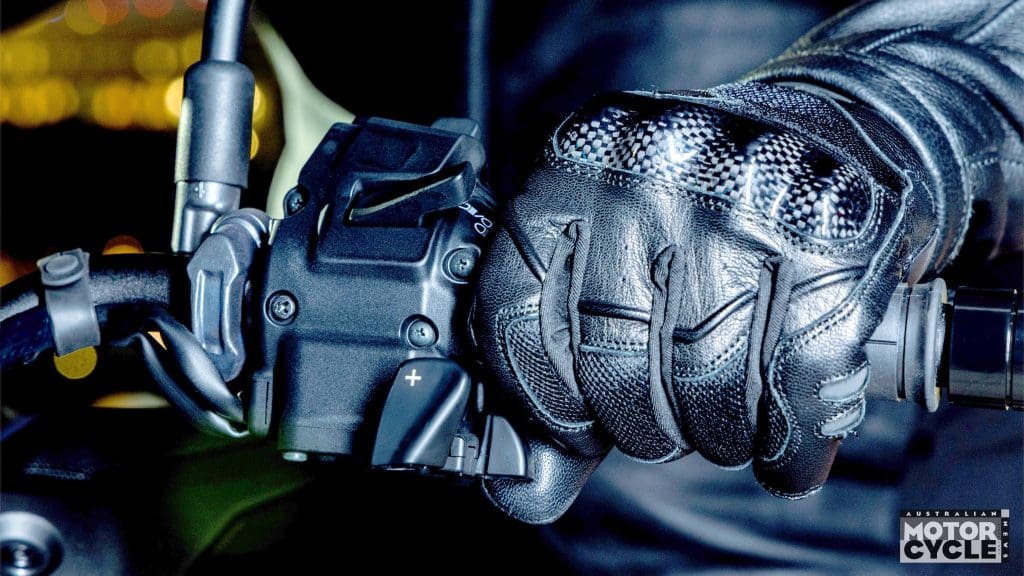
In operation, the Yamaha Y-AMT has two fully-automatic modes and a manual setting. In ‘D’ it’s a relaxed ride with smooth auto shifts at relatively low revs. In ‘D+’ the engine is allowed to rev out more to extract full performance. Meanwhile the ‘MT’ setting lets you control the gears yourself using a see-saw switch on the left ’bar. Whether in manual or auto mode, the clutch is automatically controlled so the MT-09 is impossible to stall and starts are simply a question of twisting the throttle.
Yamaha argues it isn’t just there for convenience but actually lets you ride better, saying that since there’s a more direct connection between your hands and brain than your feet and brain, hand-operated manual shifts can be timed more accurately, and with no foot-operated shifter you can concentrate on getting your body position right for every corner. Interesting!
